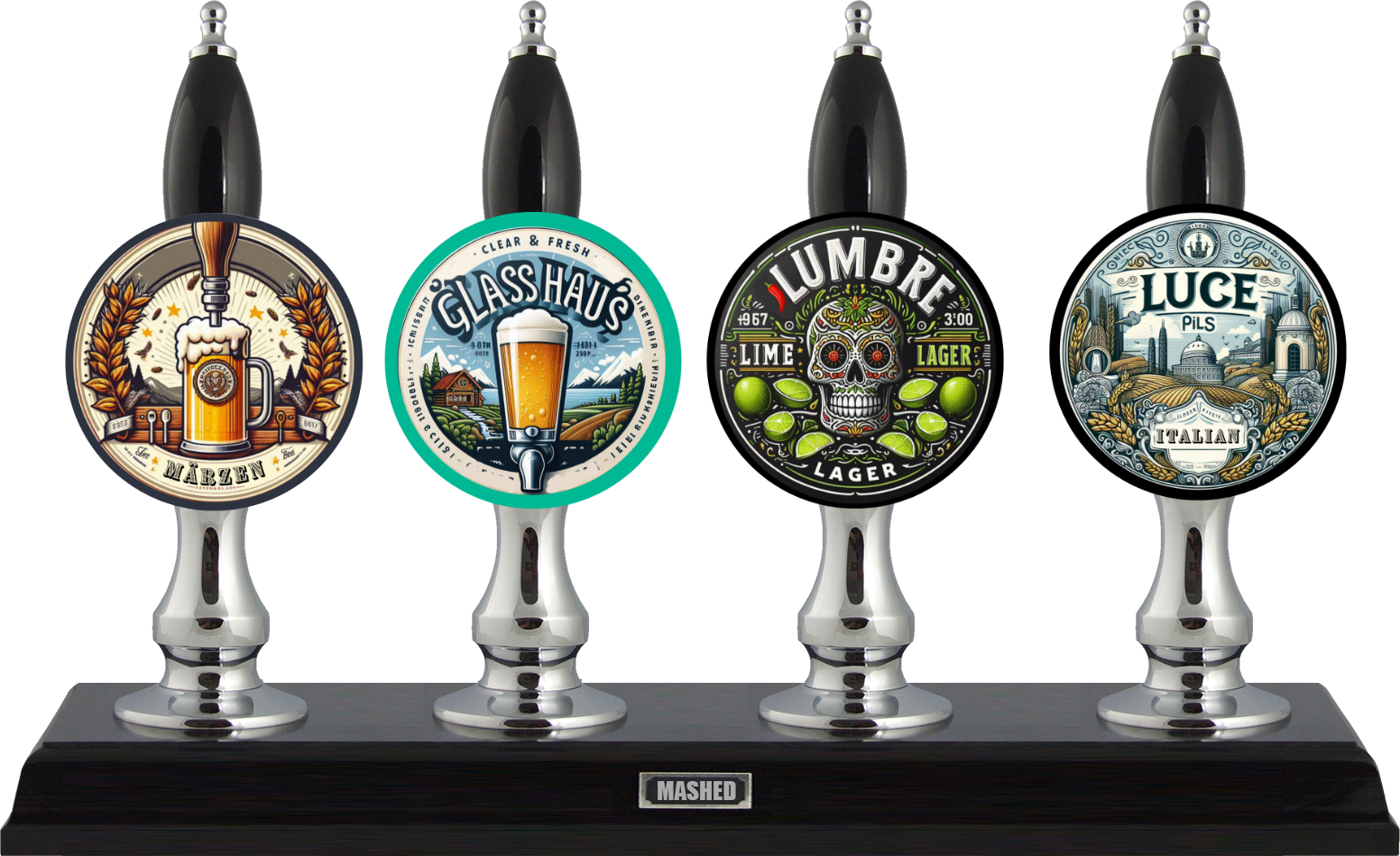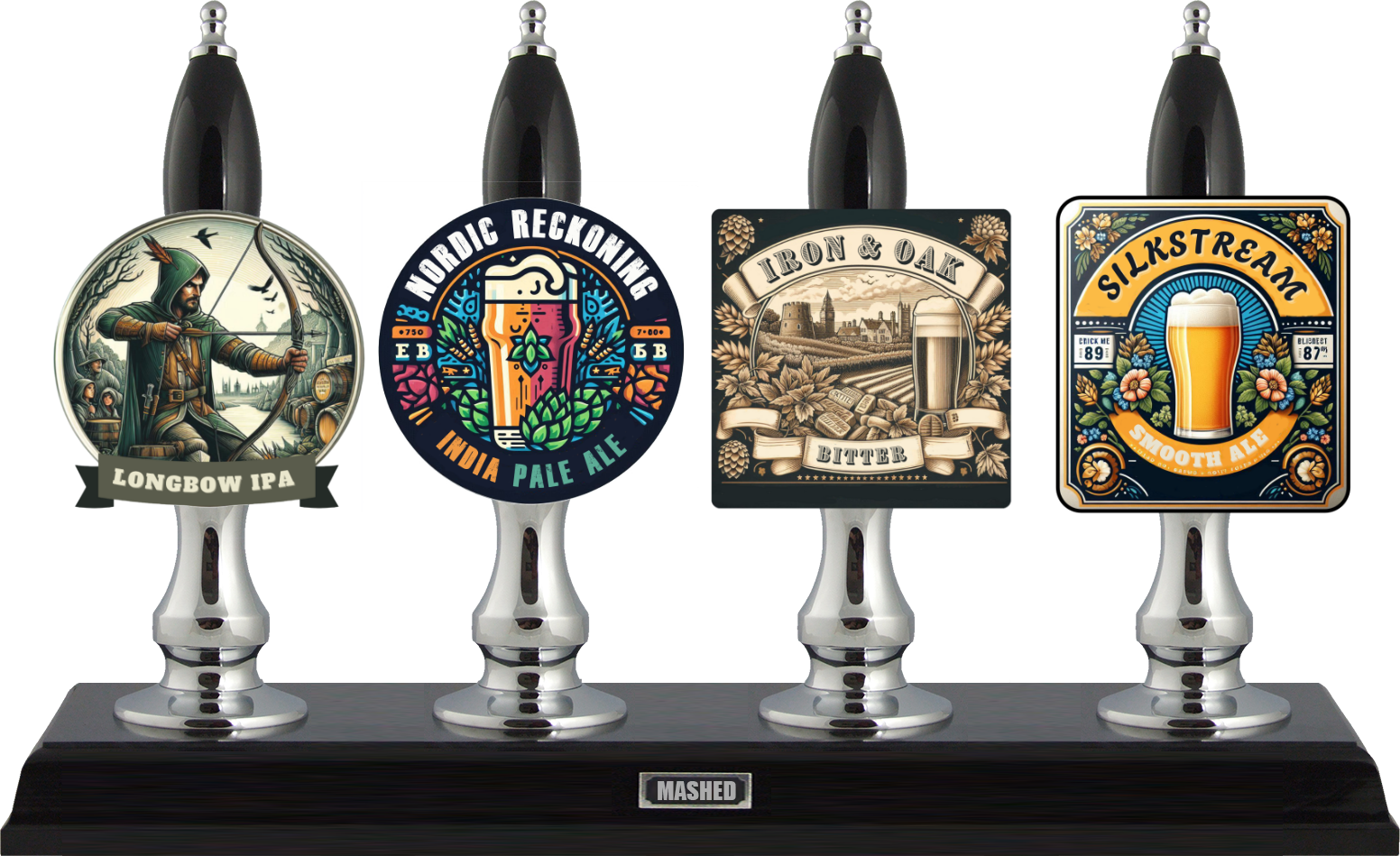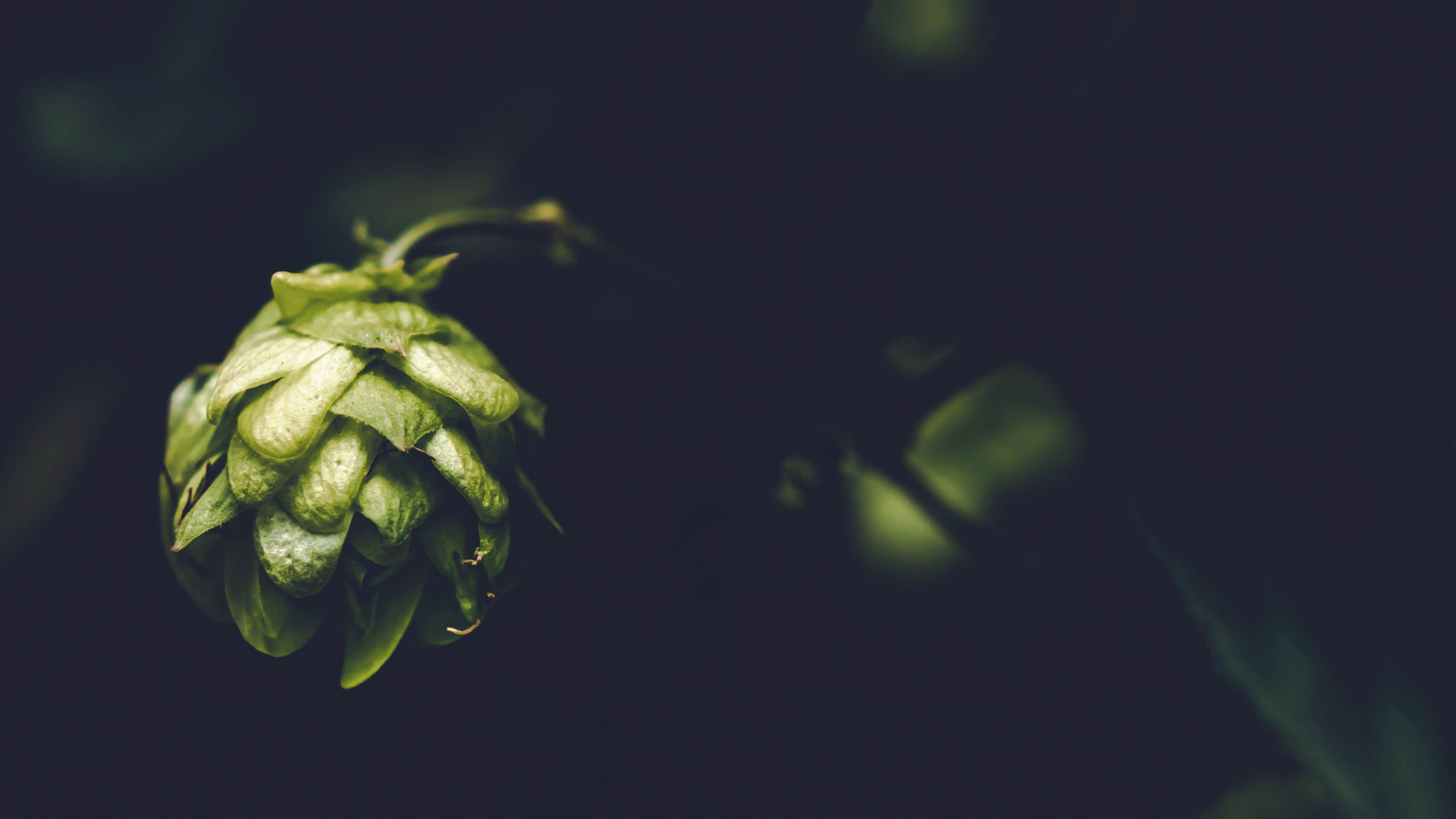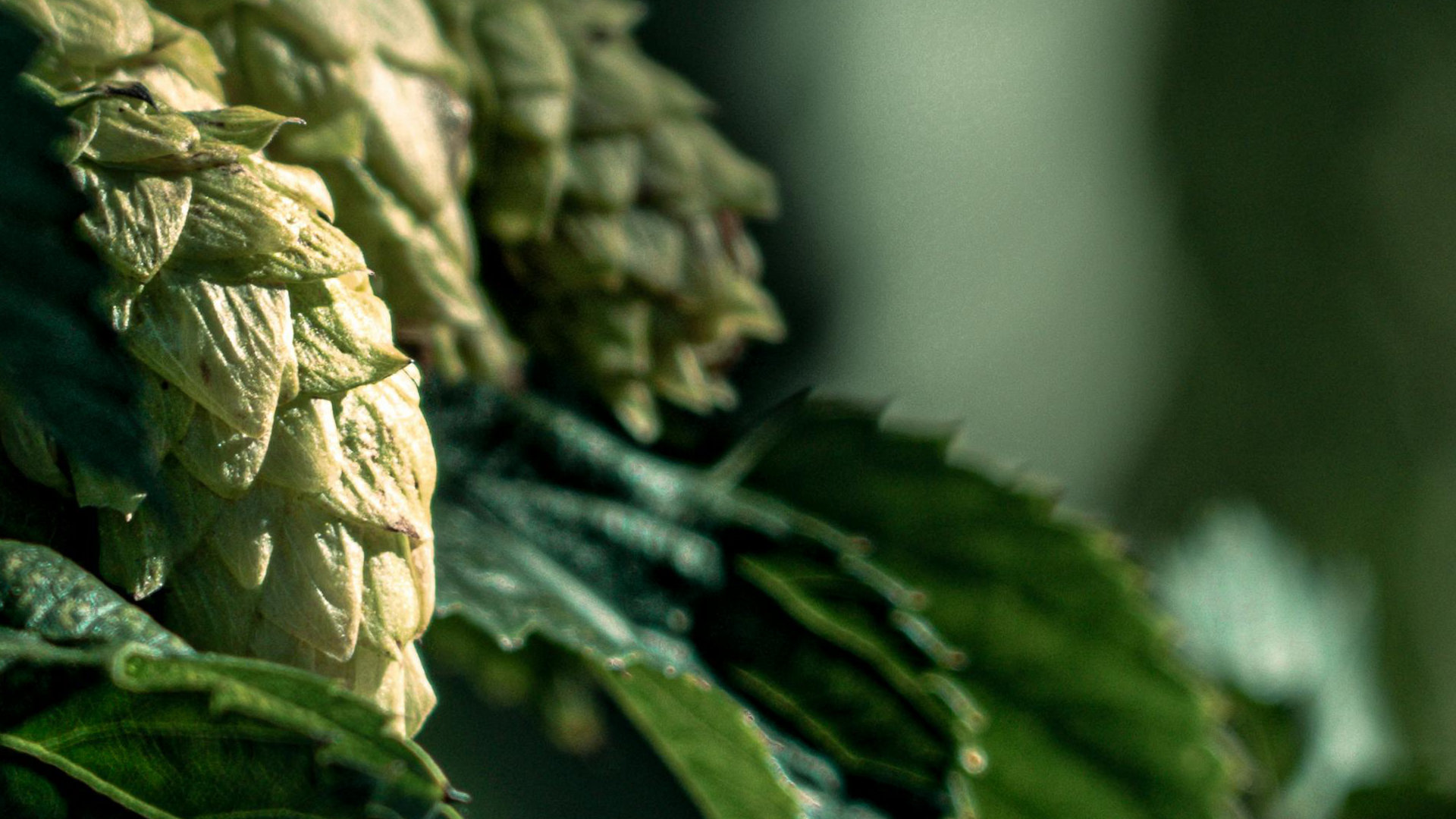I’ve been known to get a little obsessed about beer: I’ll stumble upon one which blows my mind and I get hooked. Like properly hooked! My latest crush? Extra brut brews. You see, I’m a big fan of wine and really love a dry white, especially one from down under with hints of citrus and tropical flavours. Whilst tasting an extra brut on a very illusive sunny day early this year I was unmistakably reminded of my favourite wine. So it’s no surprise that I have been inspired to replicate such a brut of a beer. Plus I have loads of Champagne bottles (bought for sparkly homebrews - Champale!) so what better use for them than to fill them with a fancy beer.
HOW TO GO BRUT
Dry beer, also known as extra brut or ultra brut, is a type of beer that is characterised by its highly attenuated and low residual sugar content. This style of beer is typically associated with light-bodied, pale-coloured beers such as lagers and saisons. Dry beer can be a full-flavoured, refreshing option for those looking for a less sweet, more crisp and clean-tasting beer. Here are some tips on how to create a dry beer:
1. Start with the right ingredients: To produce a dry beer, you’ll need to select ingredients that allow for a high degree of attenuation (the extent to which the yeast will ferment the sugars in the beer). This includes choosing a yeast strain that is highly attenuative, such as a Belgian saison yeast or a German lager yeast. You’ll also want to use low-carbon malt, such as pilsner malt or pale malt, to keep residual sugar levels low.
2. Control fermentation temperature: The temperature at which you ferment your beer can have a big impact on its final flavour and level of dryness. For most dry beers, a fermentation temperature of around 18-20°C is optimal. This will help ensure a clean, crisp taste without any unpleasant off-flavours or esters.
3. Use a longer fermentation period: To maximise attenuation and minimise residual sugar levels, you may want to consider extending your fermentation period by a few days or even a week. This will allow the yeast to fully ferment all of the available sugars in the wort, resulting in a drier, crisper beer.
4. Use a mash with lower temperatures: This will help ensure that the wort does not contain too many complex sugars that would otherwise remain after fermentation and contribute to the overall sweetness of the beer.
5. When selecting hops for an extra brut beer, focus on varieties that have low oil content but a high alpha acid to balance bitterness. This will help to enhance the light and refreshing character of the beer, without overpowering it with bitter or resinous flavours.
6. Carbonate to a higher level than other beer styles: This will help bring out the beer’s crispness and dryness, as well as increase its overall drinkability.
BRUT INSPIRATION
CASHMERE BRUT IPA (6.7% ABV)
Beerblefish Brewing Co, UK
Available in 750ml bottles.
This beer showcases the Cashmere hop, with its gentle lemony flavour. As a brut style, the finish on this beer is dry, giving it characteristics similar to a sparkling wine.
THE BACK STORY
Glenn Heinzel, General Manager at Beerblefish Brewing Co explains the story behind this beer: “Cashmere Brut IPA is a unique beer that blends traditional beer-making techniques with modern brewing styles. Our take on this style was created out of necessity when one of the brewery owners developed an allergy to grapes - making it impossible to enjoy traditional sparkling wine. In response, our brewing team set out to create a beer that would rival the taste and complexity of the finest sparkling wines, while still being safe for our owner to drink.
Cashmere Brut IPA has a beautiful golden colour with a fluffy white head that lingers. The aroma is a mix of lemon and lime hop character, with subtle spicy and earthy notes from the saison yeast. The first sip reveals a complex flavour profile that combines the brightness of the hops with a light maltiness and a crisp dry finish. The end result is that Cashmere Brut IPA is approachable to those that are new to craft beer while having enough flavour to appeal to seasoned campaigners!
Want to brew your own Brut IPA?
A mainstream take on this style would feature extra pale malt, Nelson Sauvin hops, low-medium bitterness and would be fermented with a neutral ale strain. Don’t forget the enzyme (available online) to dry out the beer!
Want to brew a Beerblefish Brut IPA?
Build complexity into your beer through a mixture of malts (Maris Otter, Wheat and a hint of CaraAroma), hops (Archer, Dr Rudi and Cashmere) and yeast (US-05 and Belle Saison). Adding amyloglucosidase helps to achieve the super dry finish. We hope that you have fun brewing this style!â€
Beerblefish Brewing Co is based in Walthamstow, East London. Operating as a social enterprise, one of their aims is to provide training and mentoring to ex-forces personnel to re-skill and re-enter the workforce after military service.
Visit their great taproom for a rotating line-up from both Beerblefish and guest breweries, their own gins plus fun events such as games nights and brew days. Or order their award winning vegan-friendly brews online:
www.beerblefish.co.uk
Follow on social media: @beerblefish
Amyloglucosidase
Amyloglucosidase 300 or ‘AMG’ (also known as glucoamylase or saccharogenic amylase) is an enzyme that improves the fermentability of wort by converting dextrins into fermentable sugars. It’s ideal to use when you’re brewing an Extra Brut beer.
How does it work? Basically, it breaks down the starch found in grains into fermentable sugars in a process known as saccharification. The resulting mixture of fermentable sugars is then fermented by yeast to produce alcohol.
Search for AMG online.



.jpg)







